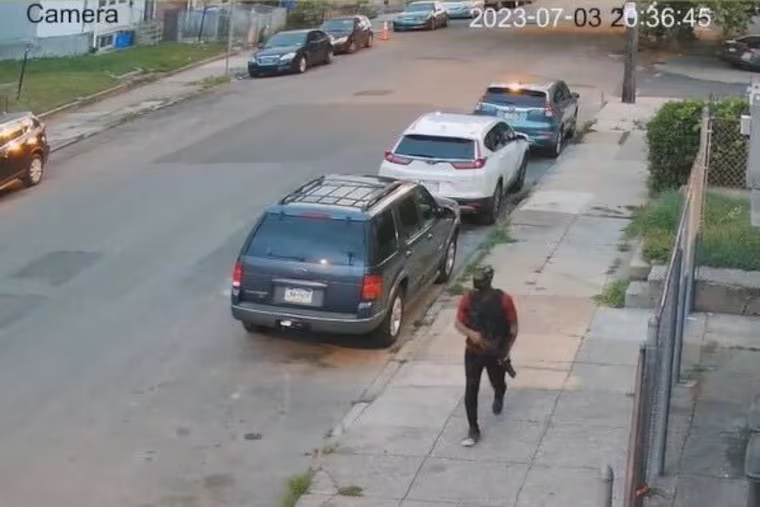The Kingsessing mass shooter gunned down residents at random over a mile stretch, prosecutors say
The evidence in the preliminary hearing Tuesday showed the distance Kimbrady Carriker walked as prosecutors say he gunned down people at random last July.
